Category: Women in the Church
-
A History of Young Women’s Organizations in the Church
The Church Historian’s Press recently published a history of the Young Women’s organization in the Church entitled Carry On: The Latter-day Saint Young Women Organization, 1870–2024. In connection with the release of this landmark study, Lisa Olsen Tait discussed the book in a recent interview at the Latter-day Saint history blog From the Desk. What follows…
-
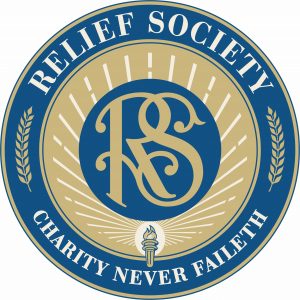
The Relief Society is Not the Oldest Women’s Organization in the World
It’s an old adage in Latter-day Saint circles that the Relief Society is the “oldest women’s organization in the world.” To be fair, I searched around briefly and could not find any current Church reference to it being the oldest, just “one of the oldest,” although I did find some speculation that it was the oldest.…
-
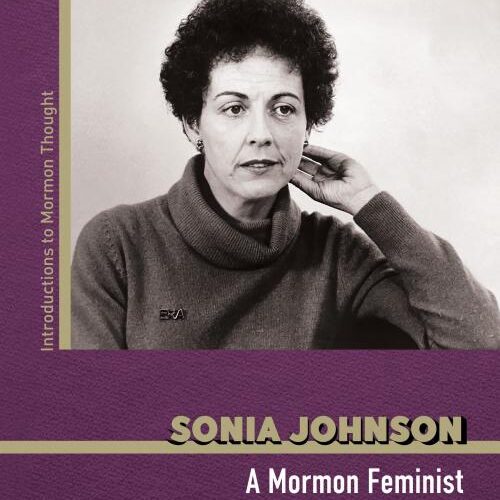
Sonia Johnson: A Mormon Feminist, a Review
Sonia Johnson: A Mormon Feminist by Christine Talbot is a provocative and insightful entry in University of Illinois Press’s Introductions to Mormon Thought series.
-
On Martha Hughes Cannon
Martha Hughes Cannon was a notable, if complicated, woman in Utah history. Although somewhat forgotten (partly due to her son burning all her journals, at her request), she has become more widely remembered in recent years. In a recent interview at the Latter-day Saint history blog, From the Desk, biographer Constance L. Lieber shared some…
-
Camille Fronk Olson on Women in the New Testament
The Bible is “the bedrock of all Christianity” and women play some very key roles in the stories that it shares. Camille Fronk Olson has worked to highlight these female Bible characters as a member of The Church of Jesus Christ of Latter-day Saints. In a recent interview at the Latter-day Saint history blog From…
-
Susa and Alma’s Divorce
In Saints, volume 2, one of the key players was Susa Young Gates. A prominent daughter of Brigham Young who went on to do a lot of notable activities herself, Susa is a relatively well-known figure in Latter-day Saint history. One aspect of her story that received attention in Saints was Susa Young Gates’ divorce with Alma Dunford.…
-
Carol Madsen on Emmeline B. Wells
Emmeline B. Wells is a powerful figure in Latter-day Saint history. In a recent interview at the Latter-day Saint history blog From the Desk, Carol Cornwall Madsen discussed some of why that is so. What follows here is a copost to the interview (a shorter post with some excerpts and discussion). To set the stage,…
-
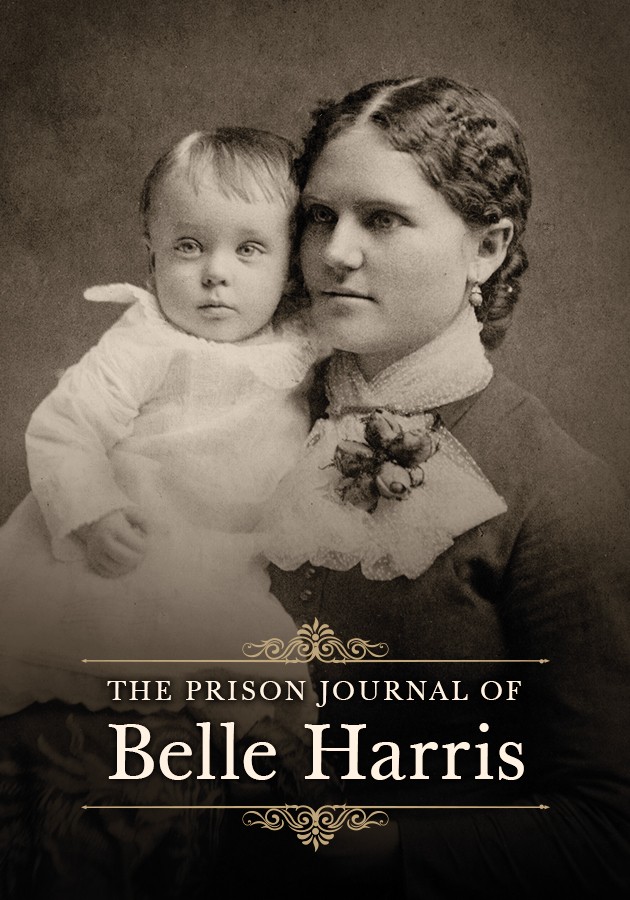
The Prison Journal of Belle Harris
I remember a somewhat funny story about the anti-polygamy raid in Utah that I was told once. In the story, a marshall responds to an anonymous tip that a man is a polygamist and goes to his home. When the marshall knocks on the door, no one answers, but he catches a child in the…
-
A Female Journal of Discourses
“Some called her the poetess, the presidentess, and the priestess.” This description of Eliza R. Snow and her titles was shared by Jenny Reeder in a recent interview at the Latter-day Saint history blog From the Desk about the Eliza R. Snow discourses that have been published by the Church Historian’s Press. What follows here…
-
Voices of the Wives of Joseph Smith
Plural marriage in Nauvoo continues to be one of the thorniest issues when discussing the life and legacy of Joseph Smith. One of the major works that helped shed greater light on the roots of plural marriage and the women who practice it with the Prophet is Todd Compton’s book, In Sacred Loneliness, published in…
-
The Emmeline B. Wells Diaries
Emmeline B. Wells is a crucial figure in the history of the Church of Jesus Christ of Latter-day Saints. She was a leader in the Church as a Relief Society president, an advocate for women’s suffrage, a noted periodical editor, an early settler in Utah, etc. In a recent interview at the Latter-day Saint history…
-
Documents and a House Full of Females
Primary sources like journals and diaries are the backbone of a lot of historic research. In a recent interview with Laurel Thatcher Ulrich over at the Latter-day Saint history blog From the Desk, Ulrich discussed some of the documents she used and how she used them while writing A House Full of Females: Plural Marriage and…
-
Imperial Zions
Latter-day Saints in the 19th century existed at a paradoxical intersection of American history. When they fled to Alta California to settle the Great Basin, they were refugees fleeing from the United States. Defiantly practicing plural marriage in the face of federal laws that opposed the principle, they came to face a heavy-handed effort by…
-
Susa Young Gates and Joseph F. Smith’s Vision
The vision that we have printed as Section 138 was received by Joseph F. Smith in the last few months of his life. Among the very first people he asked to have review the document was none other than his friend, Susa Young Gates. In one of the excellent essays presented in the Revelations in Context book,…
-
Ann Madsen and Spencer W. Kimball
While Ann Madsen isn’t as well-known as her husband, Truman Madsen, she is a notable woman who has been described as “every bit the disciple-scholar” that her husband was. In a recent interview over at the Latter-day Saint history blog From the Desk, Ann discussed some of the events in her life, focusing particularly on…
-
Mormon Women at the Crossroads
Caroline Kline’s Mormon Women at the Crossroads: Global Narratives and the Power of Connectedness (University of Illinois Press, 2022) is an important contribution to studies of the Church of Jesus Christ of Latter-day Saints in the 21st century. The book is based on a series of oral interviews that Kline did with women of color in…
-
Women and the Priesthood with Lisa Olsen Tait
“Do women have the priesthood?” You would think the answer would be a simple yes or no for members of the Church of Jesus Christ of Latter-day Saints. The reality, however, seems to say differently, with people arguing for a whole spectrum of answers while discussing this topic of perennial interest. In a recent interview…
-
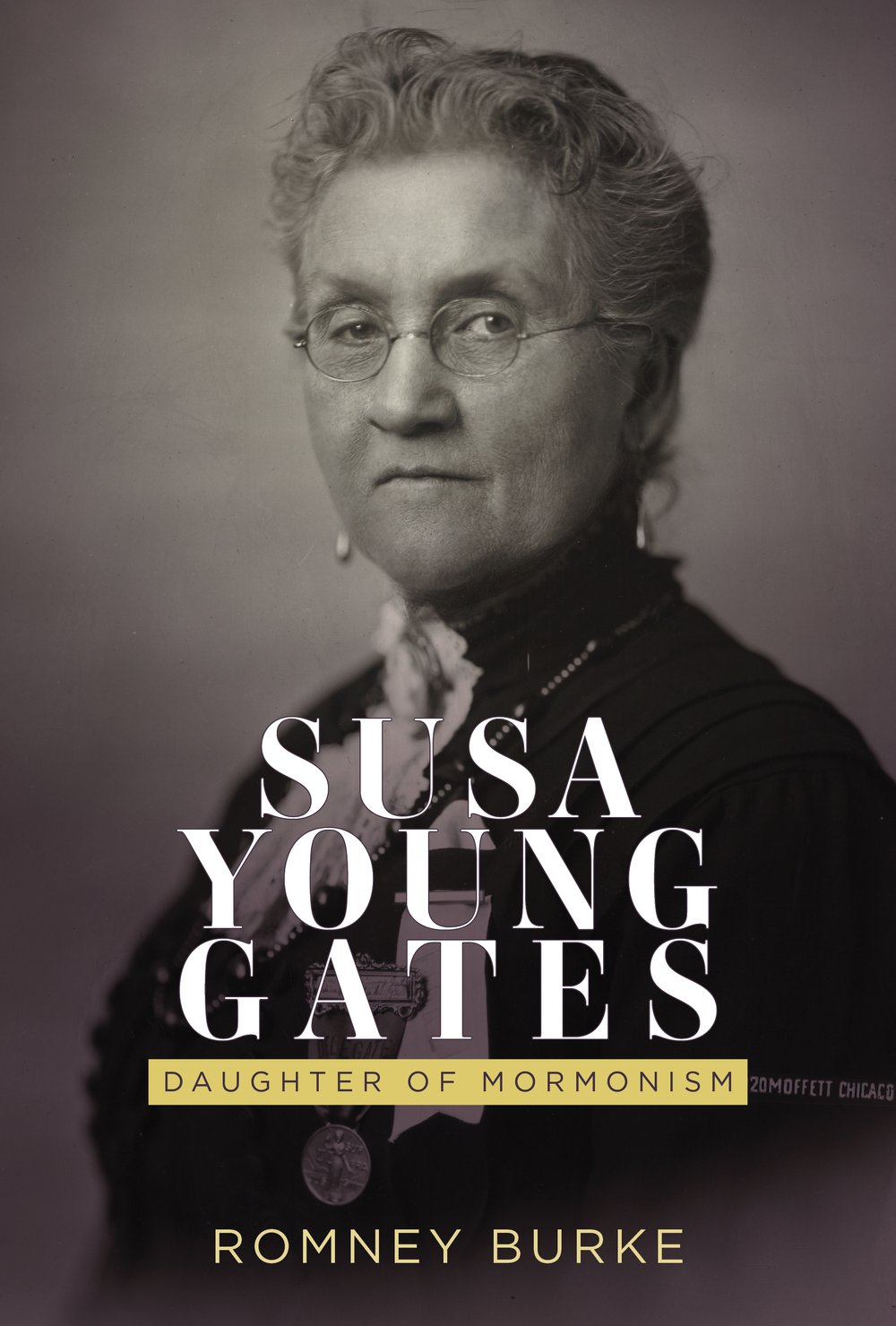
Daughter of Mormonism
Susa Young Gates was an interesting and important personality, and Romney Burke’s recently-published biography Susa Young Gates: Daughter of Mormonism (SLC: Signature Books, 2022) provides a well-researched glimpse into her life. Perhaps the best-known daughter of President Brigham Young, Susa led a life as a prominent figure in the Church of Jesus Christ of Latter-day Saints. …
-
Relief Society Records
Documents feel like treasures to me. They give insight into the past and have to be mined to get everything you can out of them. Because of that, it’s really exciting that the Church has begun to release minutes from the Relief Society General Board. In a recent interview at the Latter-day Saint history blog…
-
Susa Young Gates
When I was a child, I heard of Susan B. Anthony, Susa Young Gates, and John Sousa, but had trouble separating them out in my mind because of similarities in name. The result was that I thought Brigham Young had this rockstar daughter who was featured on a silver dollar for her women’s rights activism…
-
Considering Emma Hale Smith
Emma Smith isn’t just an elect lady, she’s a complicated one too. Jenny Reeder, author of First: The Life and Faith of Emma Hale Smith, recently discussed reasons for why that is the case in an interview with From the Desk. Alternatively vilified or considered an hero of the Restoration in the Church of Jesus Christ…
-
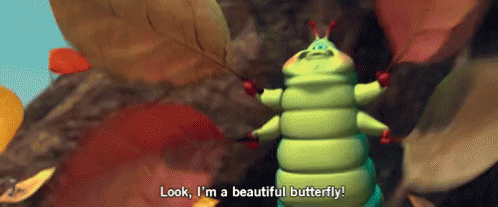
What is the Church?
I recently finished a review of the April 2022 general conference, and one of the talks that stood out to me most was Reyna Aburto’s talk, “We Are The Church of Jesus Christ of Latter-day Saints”. I love the vision she articulates of feeling more ownership within the Church—that it isn’t just the institution—with its…
-
Women of the Hebrew Bible
In a culture that is often male-centric, it can sometimes be easy to overlook women in the scriptures. While very few are mentioned by name in the Book of Mormon or the Doctrine and Covenants, the Bible has many women who are mentioned by name and featured in the stories therein. In a recent From…
-
A Mother There: The Quotes Behind the Essay
I mentioned in my post last week that the BYU Studies article “A Mother There” by David L. Paulsen and Martin Pulido had more quotes than I could put into that post. Here is the follow-up with as many of the quotes cited in that article as I could find (excluding the ones presented last week). It’s…
-
Mother in Heaven: The Quotes Behind the Essay
On the Saturday evening session of General conference, Elder Renlund stated that: “Very little has been revealed about mother in heaven but what we do know is summarized in a Gospel Topic found in our Gospel Library application. Once you have read what is there, you will know everything that I know about the subject.”…
-
Better to Use No Rationales Than Faulty Ones
You would think that at some point we would learn from past experiences with priesthood bans. Concerning the priesthood and temple ban against people with black African ancestry, President Dallin H. Oaks noted that: Some people put reasons to the one we’re talking about here, and they turned out to be spectacularly wrong. There is…
-
Studying the Words of The Relief Society Presidency
If the 5-year cycle for Relief Society General Presidencies that has been followed for 20 years holds true, the current Relief Society Presidency is likely to be released at this upcoming general conference. With that in mind, I recently decided to go through and read all of the general conference talks given by members of…
-
Brian and Laura Hales on Polygamy
‘Tis the season … to talk about polygamy, apparently. Kurt Manwaring recently sat down with Brian and Laura Hales for a question and answer session about polygamy. They have spent decades researching and writing about plural marriage (past and present), approaching the subject as faithful members of the Church of Jesus Christ of Latter-day Saints. …
-
Quotes to accompany your Come Follow Me study – Alma 30-31
This coming week’s Come, Follow Me lesson covers Alma 30-31. Here are a collection of quotes from General Auxiliary Leaders of the Church, that you can use in your family or personal study. Alma 30 The Book of Mormon warns against false teachings. “As you use your agency to carve out time every day to…
-
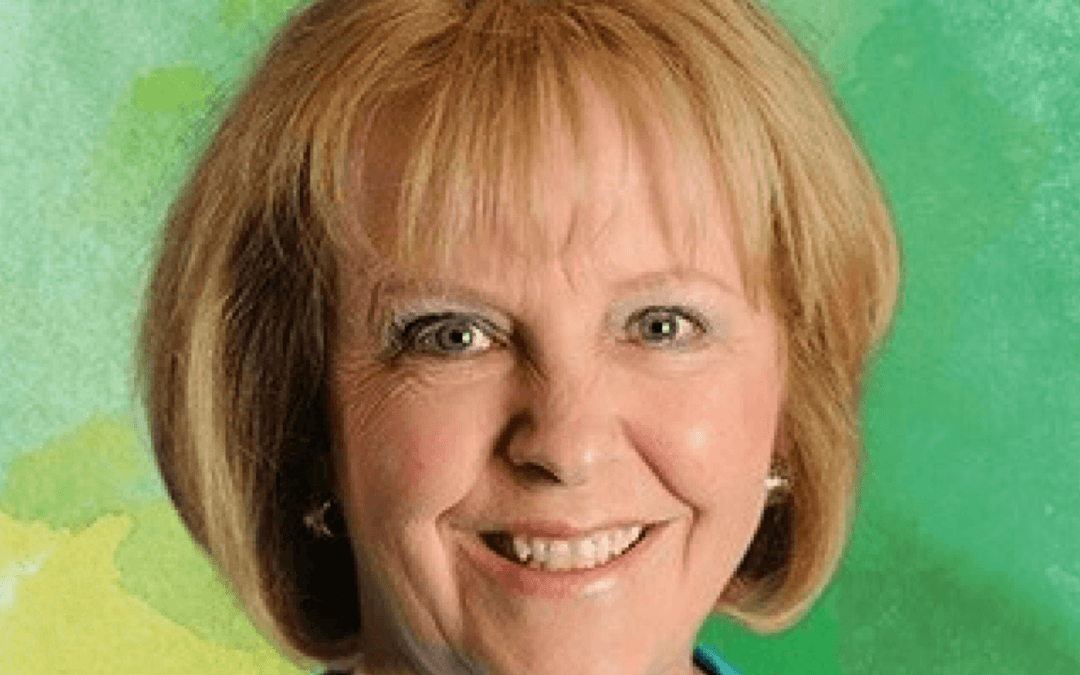
Women, Priesthood, and Power
There are several hot topics that come up on a regular basis in the Church. One of those is women’s relationship with the priesthood in the Church. Concerns over equality in policy making, involvement in the life of the Church, and quite a few other things factor into this issue. Given that women comprise half…
